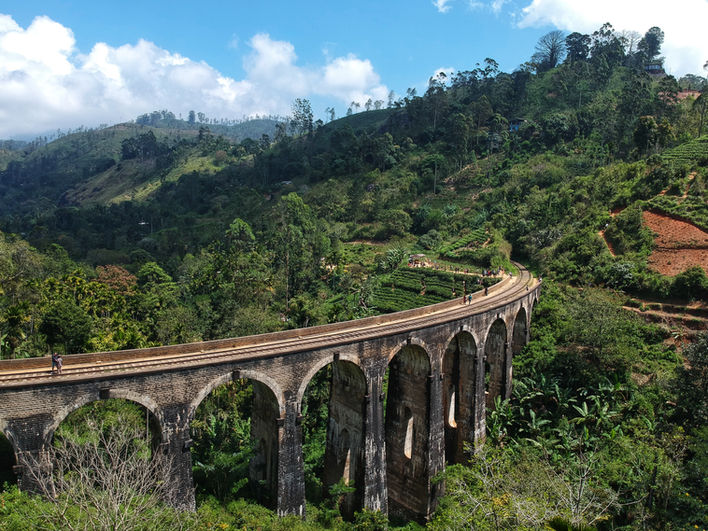
SRI LANKA VACAY
SPECIALISTER PÅ SRI LANKA
ORGANISERAR DIN DRÖMSEMESTER

Välkommen!
Du är på helt rätt plats! Här är vi, och ser fram emot att hjälpa dig med varje steg på din resa till Lanka!
Vi är här för att göra ditt besök i Sri Lanka smidigt, avslappnat, bekvämt och stressfritt. Vi tar hand om dig – det är vår passion!
Sri Lanka Vacay, din bästa vän när det gäller att besöka Sri Lanka!
Ayubowan!
DRÖM
UTFORSKA
PLANERA
BESÖK
UPPLEV
Kärnminnen skapas i Sri Lanka
Utforska
VAD DU KAN UPPLEVA
Vi är specialister på Sri Lanka


När är den bästa tiden att besöka?
Sri Lanka är faktiskt ett resmål året runt. Sri Lanka har alltid tid för dig och beroende på när du har möjlighet att besöka landet finns det många olika semesteralternativ. Planera din vistelse på rätt platser beroende på när du besöker landet.
 |  |  |  |
|---|---|---|---|
 |  |
Tropiskt klimat
Sri Lankas klimat är generellt tropiskt, med temperaturer från 25 °C till 32 °C (77 °F till 90 °F) under hela året. Du bör vara beredd på varierande väderförhållanden beroende på region och årstid, särskilt under monsunsäsongen. Kom ihåg att det är svalare klimat när du besöker höglandet.
Sri Lanka, med sitt tropiska läge, upplever ett klimat som påverkas av två huvudsakliga monsuner – sydväst och nordost. Det betyder att vädret varierar beroende på vilken del av ön du besöker och vilken tid på året.
Sri Lanka påverkas av två huvudsakliga monsuner: den sydvästra monsunen och den nordöstra monsunen. Dessa monsuner spelar en avgörande roll för att forma landets klimat och nederbördsmönster, och påverkar jordbruk, vattenresurser och lokala väderförhållanden avsevärt.

Den sydvästra monsunen
inträffar från maj till september och medför kraftiga regnfall i den sydvästra delen av Sri Lanka, inklusive städer som Colombo, Galle och Matara. Under denna monsun blåser vindar från Indiska oceanen, vilket orsakar intensivt regn i de västra, sydvästra och centrala delarna av ön, särskilt i högre höjder som det centrala bergslandet.

Den nordöstra monsunen
som varar från oktober till januari, påverkar främst den nordöstra delen av ön, inklusive städer som Trincomalee och Jaffna. Vindar från nordost för med sig regn till de östra och nordöstra regionerna, även om nederbörden tenderar att vara mindre intensiv än den sydvästra monsunen. Det är dock fortfarande en viktig period för jordbruk och vegetation i dessa områden.

Perioder mellan monsunerna
som inträffar mellan de två huvudsakliga monsunerna, vanligtvis i april och oktober, och medför korta men intensiva regnskurar. Monsunerna påverkar i hög grad Sri Lankas klimat och skapar varierande vädermönster över hela ön, från tropiska regnskogar på västkusten till torrare förhållanden på östkusten. Jordbruket, särskilt risodling, är starkt beroende av dessa monsuner för regelbunden nederbörd.
GALLERI




















